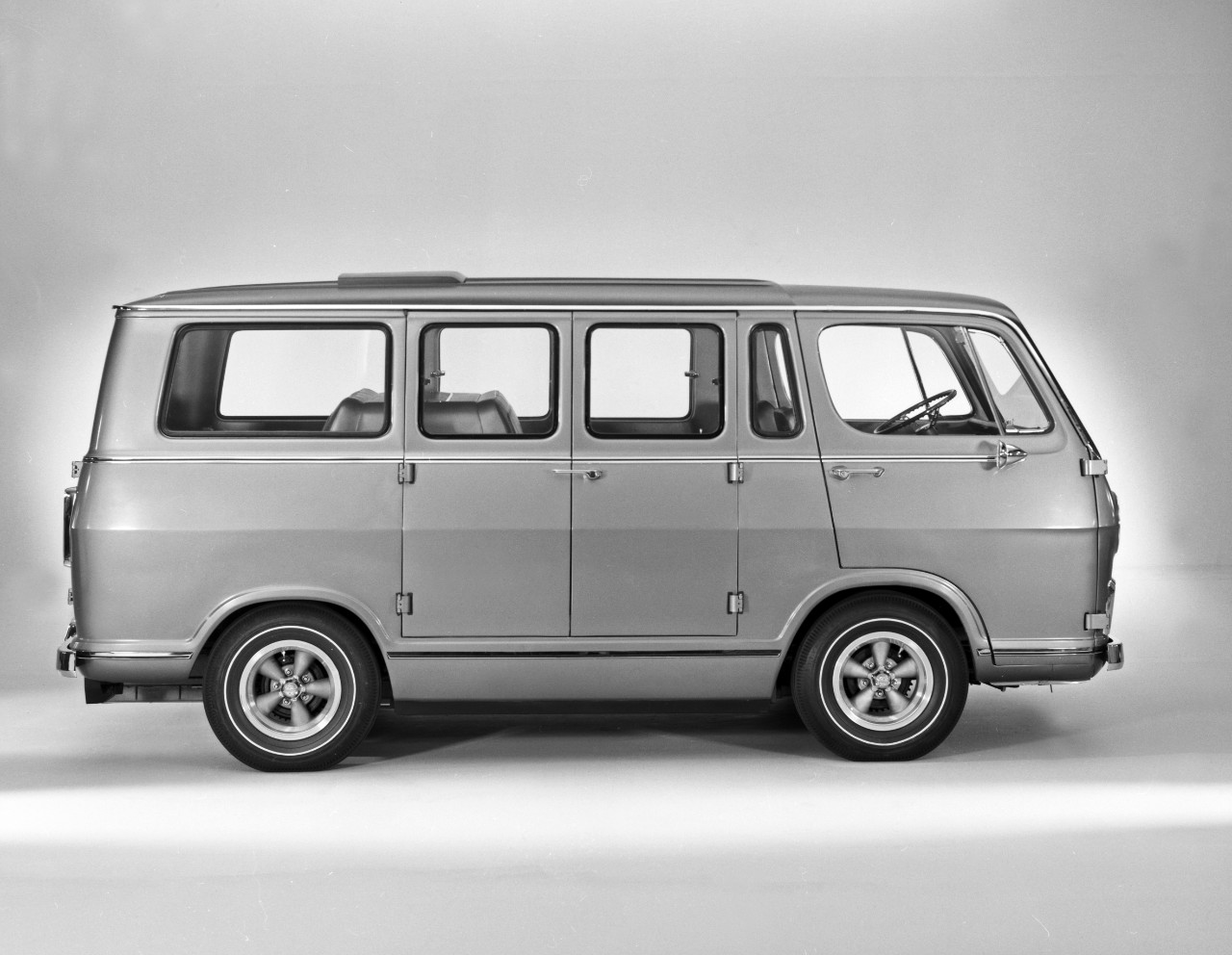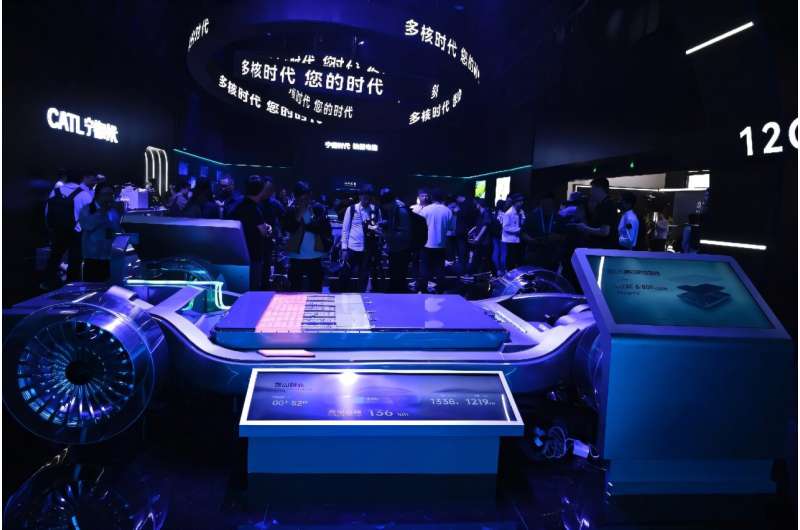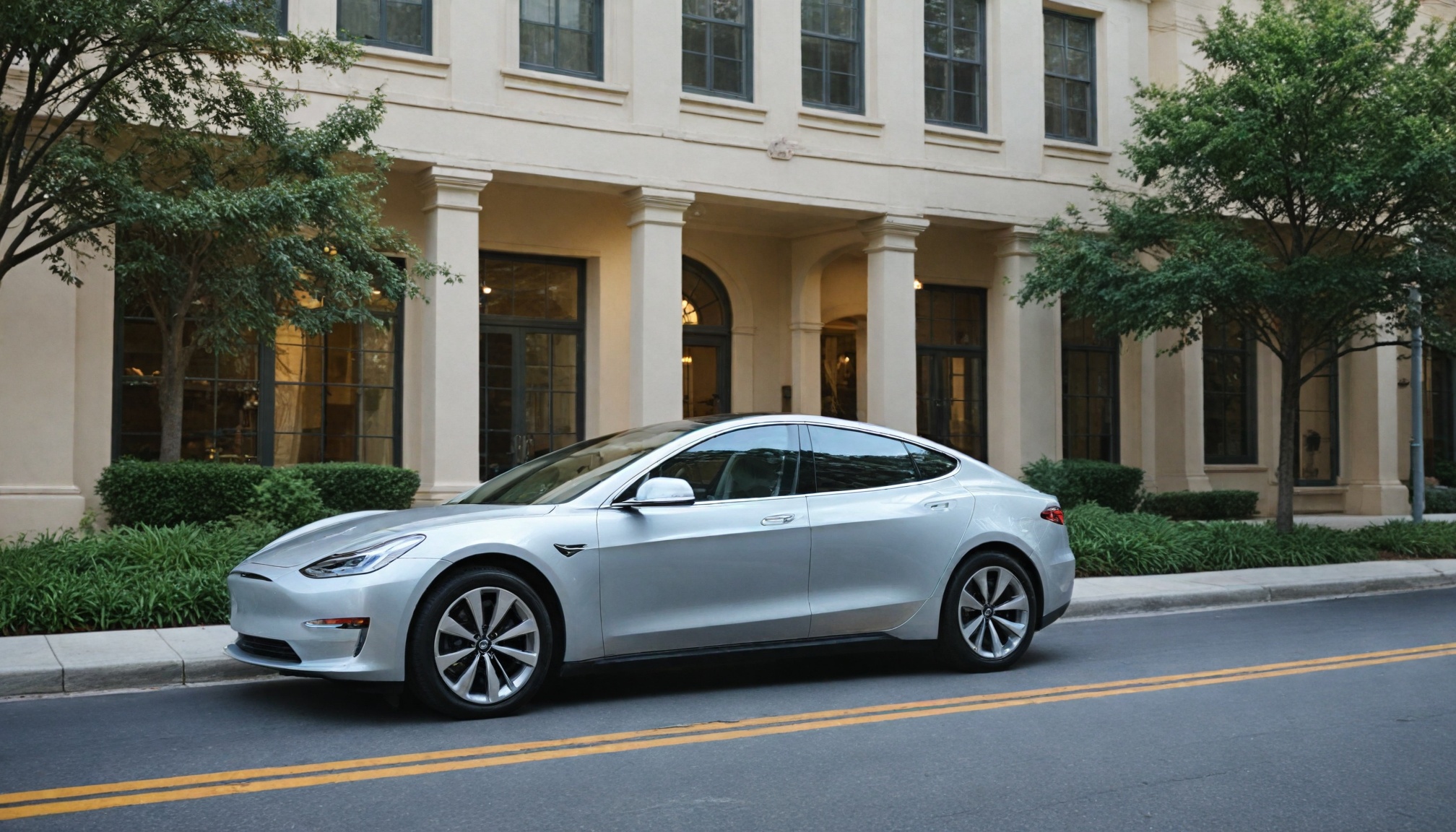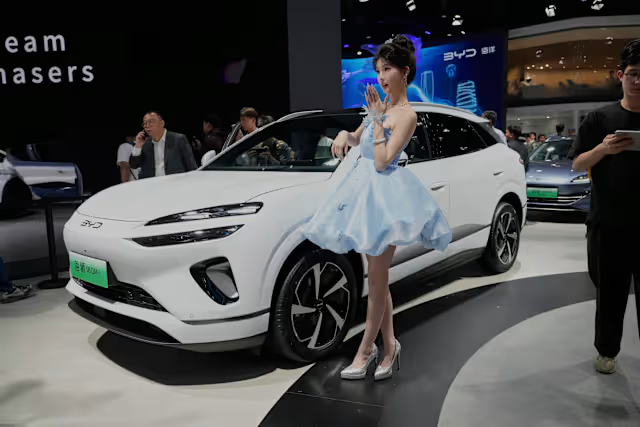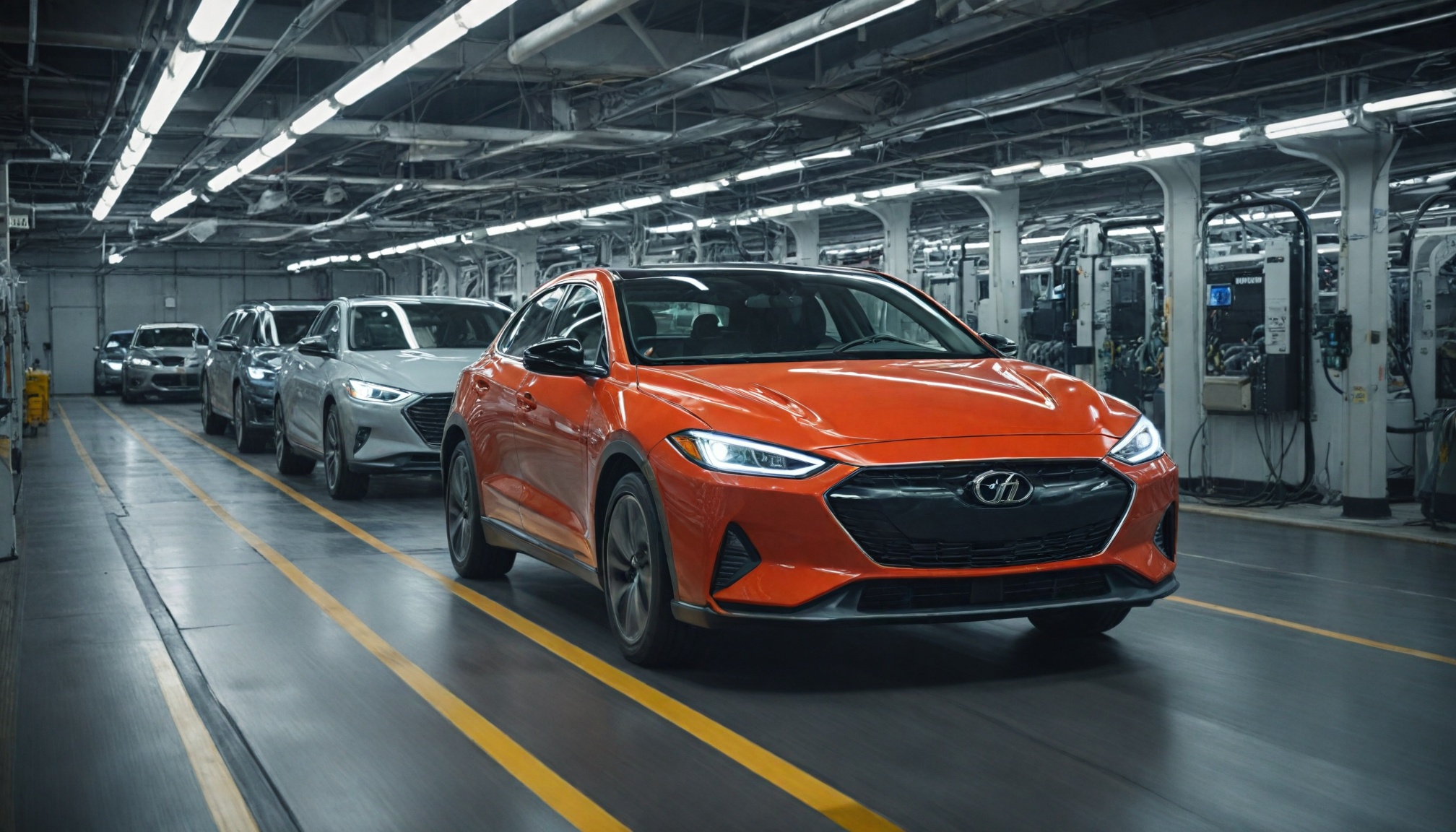
Discover how electrification drives the booming market for transmission engineering outsourcing, with specialized expertise reshaping automotive innovation and development.

Drivetech Partners
The automotive industry is undergoing a profound transformation as electrification and autonomous technologies reshape vehicle development priorities and engineering demands. Traditional automakers and emerging EV manufacturers alike are increasingly turning to specialized engineering service providers to access cutting-edge expertise in advanced powertrain solutions, battery management systems, and software integration – creating a booming market for transmission engineering outsourcing that blends technical innovation with strategic business adaptation.
Key Takeaways:
The global automotive engineering service outsourcing market is projected to reach USD 337.4 billion by 2035, growing at a CAGR of 11.2%
Specialized expertise in battery management and power electronics has become essential as electric vehicles reshape powertrain development
Advanced technologies like digital twins and AI are revolutionizing development cycles while requiring specialized external talent
Asia-Pacific leads with 43.8% market share while onshore models maintain dominance for IP protection
Strategic engineering partnerships enable automakers to focus on core innovation while accessing specialized global expertise

The Electrification Revolution in Transmission Engineering
The automotive landscape is experiencing a historic shift as electric powertrains replace traditional internal combustion engines. This transformation has created an entirely new set of engineering challenges that even established automakers are struggling to address internally. Global electric car sales reached an impressive 17 million in 2024, bringing the total fleet to 58 million vehicles – representing 4% of the global automobile fleet.
This electrification wave demands specialized technical knowledge across multiple domains:
Battery management systems and thermal regulation
Electric drivetrains and power distribution
Power electronics and control systems
Regenerative braking optimization
Weight reduction and packaging efficiency
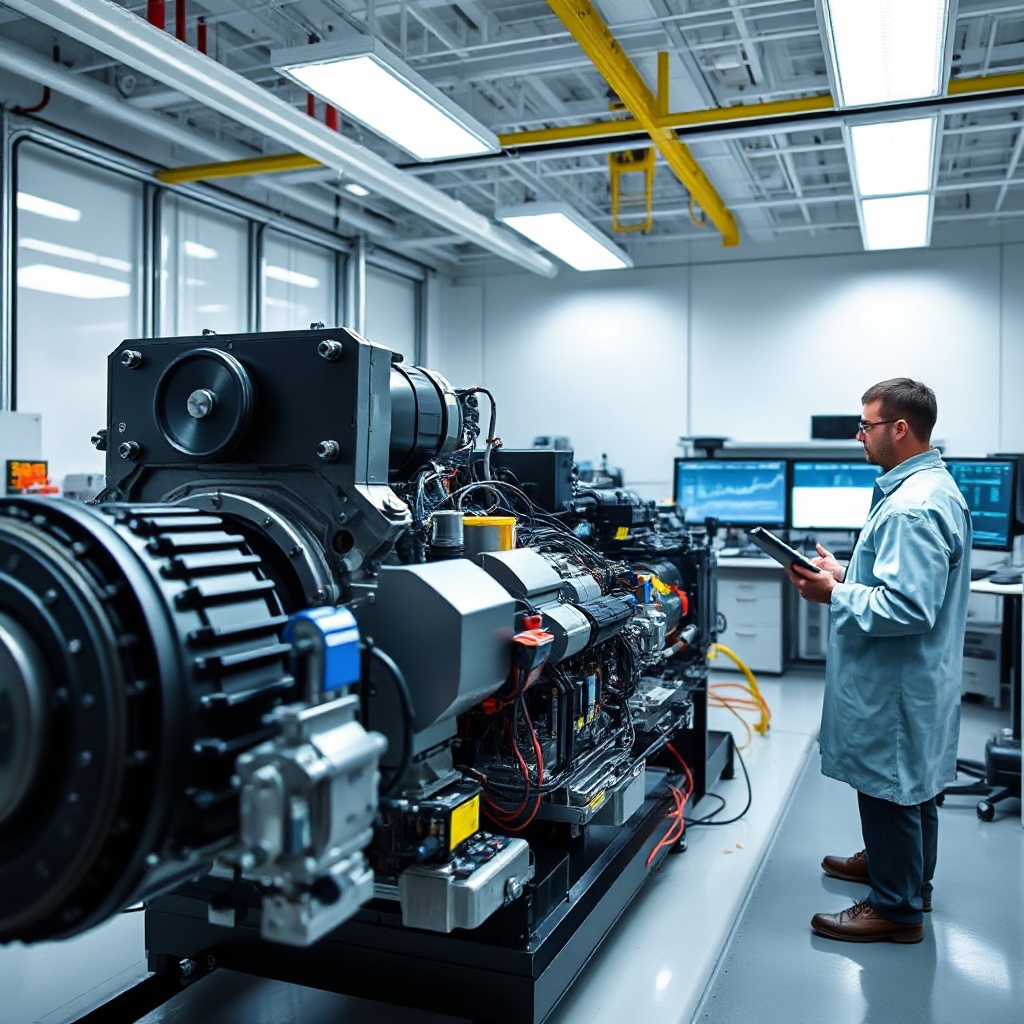
Rather than building these capabilities from scratch, automotive manufacturers are partnering with specialized engineering firms that already possess this expertise. This trend has fueled remarkable growth in the engineering service outsourcing (ESO) market, which is projected to expand from USD 116.7 billion in 2025 to USD 337.4 billion by 2035 – representing a compound annual growth rate of 11.2%.
Advanced Technologies Driving the Outsourcing Surge
Beyond electrification, the integration of cutting-edge digital technologies is fundamentally changing how vehicles are designed, tested, and validated. These technologies require specialized knowledge that many automakers find more efficient to access through partnerships rather than developing internally.
Artificial intelligence applications in the automotive sector now include:
Driverless vehicle control algorithms
Advanced driver assistance systems (ADAS)
Vehicle connectivity solutions and predictive maintenance
Manufacturing optimization and quality control
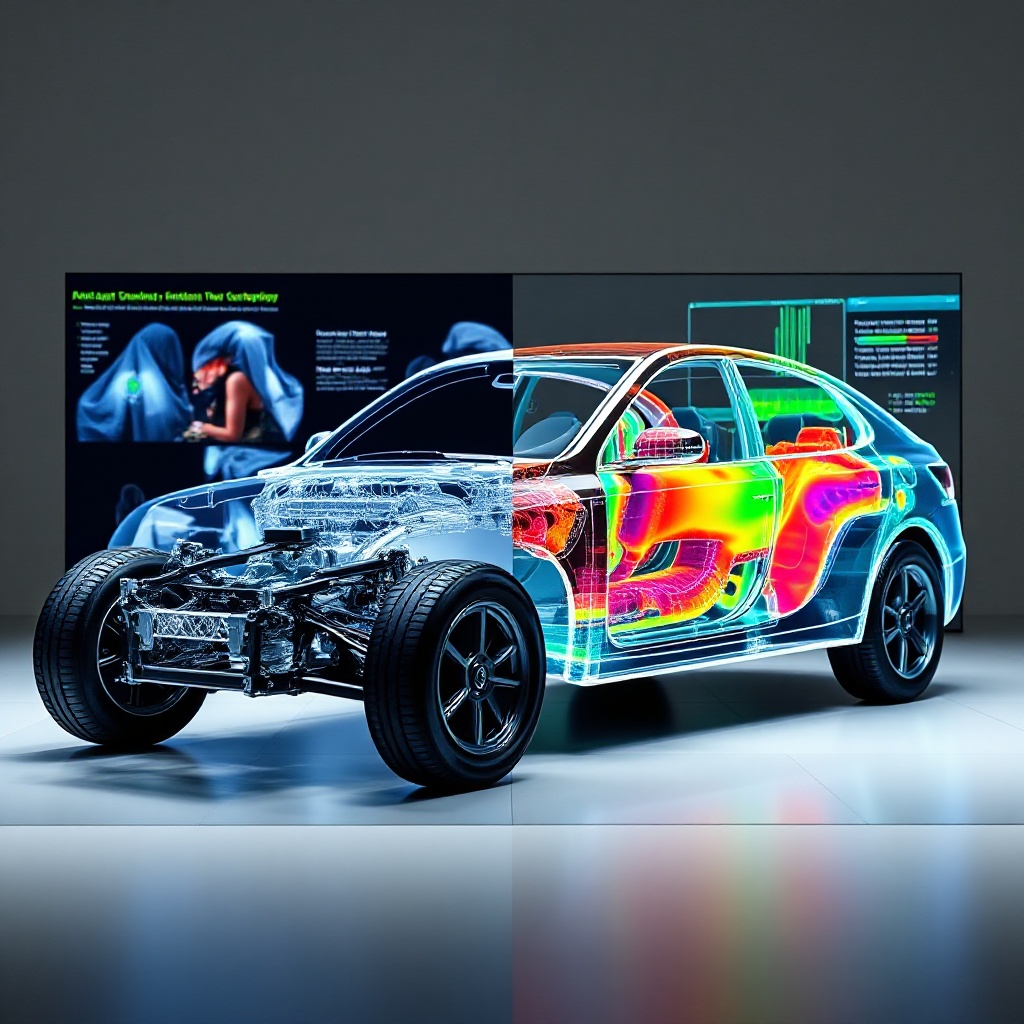
Digital twin technology has become particularly valuable for transmission development, allowing engineers to create virtual models of physical components and systems. These digital replicas enable comprehensive testing in simulated environments, dramatically reducing development cycles and costs while improving reliability and performance.
Virtual and cyber-physical testing capabilities now permit rapid powertrain validation before physical prototyping begins. This approach significantly reduces development time and costs while enabling more thorough testing across a wider range of operating conditions than would be practical with physical testing alone.
These technological advantages explain why designing services command 42.7% of the ESO market share, while autonomous driving and ADAS represent 36.4% of overall ESO revenue in 2025.
Regional Market Dynamics and Regulatory Pressures
The global distribution of automotive engineering outsourcing reflects both economic realities and regulatory environments. Asia-Pacific has emerged as the leader with 43.8% market share in 2024, driven by substantial talent pools in India, China, and the Philippines. These regions offer compelling combinations of technical expertise, cost efficiency, and scalable engineering teams.
Despite the cost advantages of offshore engineering, onshore models maintain dominance with 58.3% market share in 2025. This preference for local engineering partnerships stems primarily from:
Intellectual property protection concerns
Regulatory alignment and compliance expertise
Communication efficiency and real-time collaboration
Cultural alignment with target markets
Regulatory pressures have become a major driver of engineering outsourcing across all regions. Strict emissions standards in Europe, fuel economy regulations in North America, and safety mandates globally create complex compliance challenges that require specialized regulatory expertise. Government initiatives like India's FAME (Faster Adoption and Manufacturing of Electric Vehicles) and National Electric Mobility Mission Plan further accelerate the need for specialized engineering support.
Strategic Partnerships Transforming the Automotive Ecosystem
The competitive landscape in automotive engineering has evolved from transactional vendor relationships to strategic collaborative partnerships. Major automakers increasingly form alliances with specialized engineering firms such as AKKA, Altair Engineering, Capgemini Engineering (formerly Altran), AVL List GmbH, EDAG Group, and FEV Group.
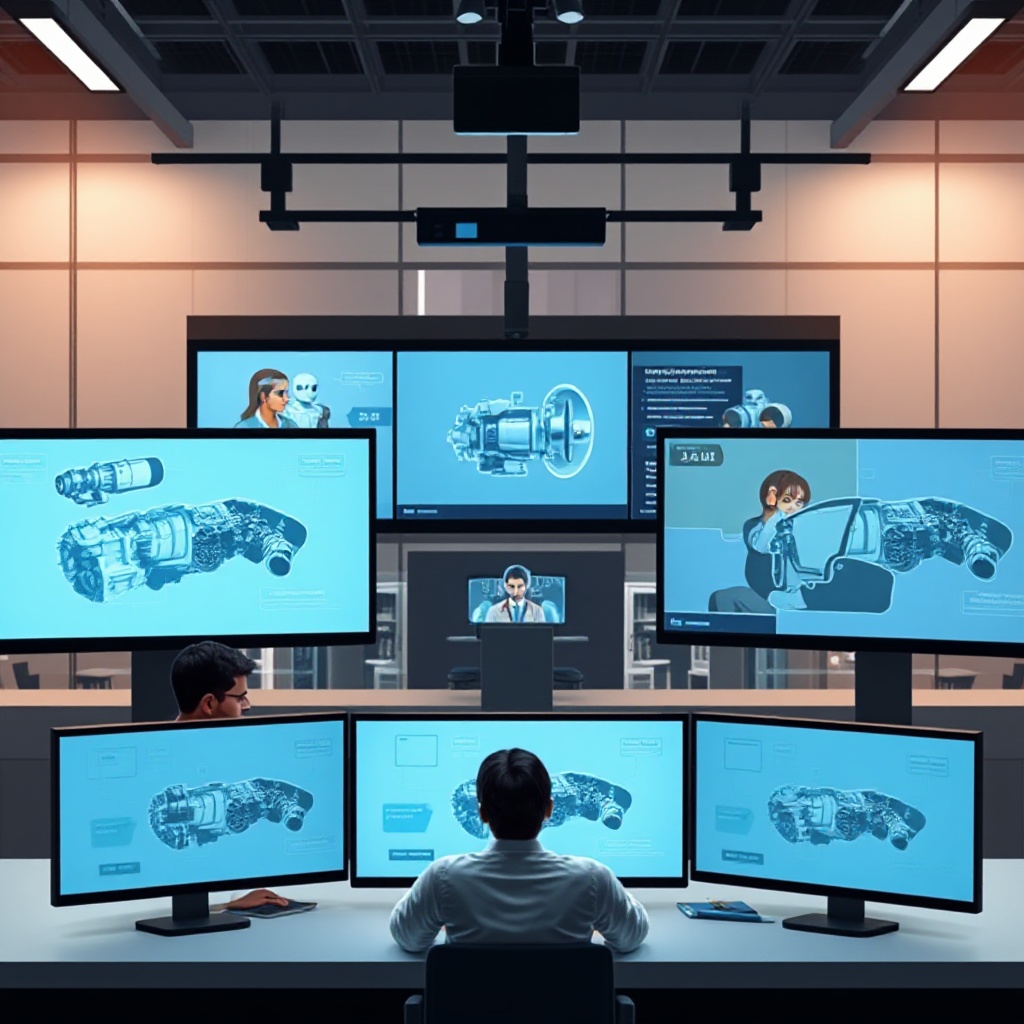
This strategic shift allows OEMs to concentrate on their core competencies – brand development, design direction, user experience, and platform innovation – while outsourcing technical implementation to specialized partners. The result is a more agile automotive development ecosystem that can respond quickly to market changes and technological disruptions.
These partnerships provide access to worldwide talent pools and specialized facilities that would not be economically viable to develop in-house. By distributing development across global centers of excellence, automakers can maintain competitive positioning while adapting to regional requirements.
High-Growth Service Segments in Automotive Engineering
Not all engineering services are experiencing equal growth in the outsourcing market. Several specialized technical domains have emerged as particularly high-value areas for external partnerships:
Infotainment & Connectivity: The fastest-growing segment covers embedded systems, telematics, vehicle-to-everything (V2X) communication, and cybersecurity
Powertrain & After-Treatment: Electric and fuel cell propulsion systems, emissions compliance technology
Autonomous Driving/ADAS: Control algorithms, sensor integration, and safety systems
Designing Services: Lightweight structures, aerodynamics, and aesthetic differentiation
Consumer demand for connected, efficient, and intelligent vehicles is driving significant outsourcing of software development across categories. As vehicles become increasingly defined by their software capabilities, engineering service providers specializing in embedded systems, over-the-air updates, and integrated digital experiences have become essential partners for traditional automakers.
Offshore vs. Onshore Engineering Service Models
The decision between offshore and onshore engineering partnerships involves balancing multiple strategic factors. While offshore outsourcing continues to grow, onshore models maintain 58.3% market share due to several key advantages:
Enhanced intellectual property protection and security
Better alignment with local regulatory requirements
More efficient communication and collaboration
Deeper understanding of target market preferences
Offshore partnerships are typically preferred for specialized research and development, computer-aided design, and software development – particularly in India and Southeast Asia, where substantial talent pools offer cost advantages without compromising quality.
Hybrid models are increasingly emerging that combine the benefits of both approaches. These arrangements typically maintain core strategy and integration functions onshore while leveraging offshore resources for specific technical tasks and scalable engineering capacity.
Consumer Demand Driving Technical Innovation
Modern vehicle buyers have increasingly sophisticated expectations that directly impact engineering requirements. Today's consumers demand connected, efficient, and intelligent features that transform the driving experience:
Seamless smartphone integration and digital ecosystem compatibility
Advanced infotainment systems with intuitive interfaces
Personalized driver profiles and customizable vehicle settings
Over-the-air update capabilities for continuous improvement
Intelligent driver assistance and convenience features
Engineering service providers have developed specialized expertise in these consumer-facing technologies, allowing automakers to rapidly integrate new capabilities without building internal teams from the ground up. This arrangement enables faster innovation cycles and more responsive adaptation to consumer preferences.
The growing expectation for vehicles to function as extensions of consumers' digital lifestyles has further accelerated the need for specialized software engineering partners who understand both automotive requirements and consumer technology trends.
Competitive Advantages Through Strategic Outsourcing
Beyond addressing technical challenges, engineering service outsourcing provides significant strategic benefits for automotive manufacturers navigating a rapidly evolving industry landscape:
Meeting diverse emission, safety, and localization requirements across global markets
Rapidly scaling engineering capacity to meet project demands without permanent overhead
Accessing specialized skills and global talent that would be impractical to develop internally
Focusing internal resources on core innovation while leveraging external expertise for implementation
Reducing time-to-market through parallel development and specialized simulation capabilities
These strategic advantages help explain why engineering service outsourcing has evolved from a cost-saving tactic to a competitive necessity for automotive manufacturers. As electrification, automation, and connectivity continue to transform the industry, the importance of specialized engineering partnerships will only increase.
Sources: Future Market Insights: Automotive Engineering Service Outsourcing Market, Archive Market Research: Automotive Engineering Services Outsourcing Market, Global Market Insights: Automotive Engineering Services Outsourcing Market,
